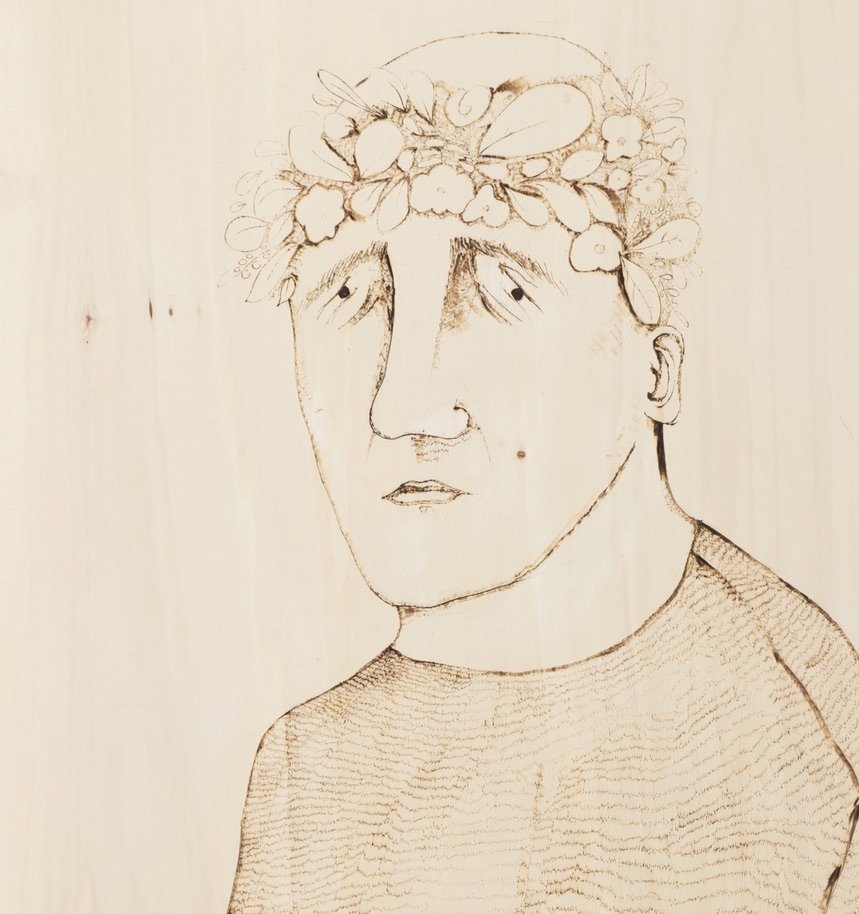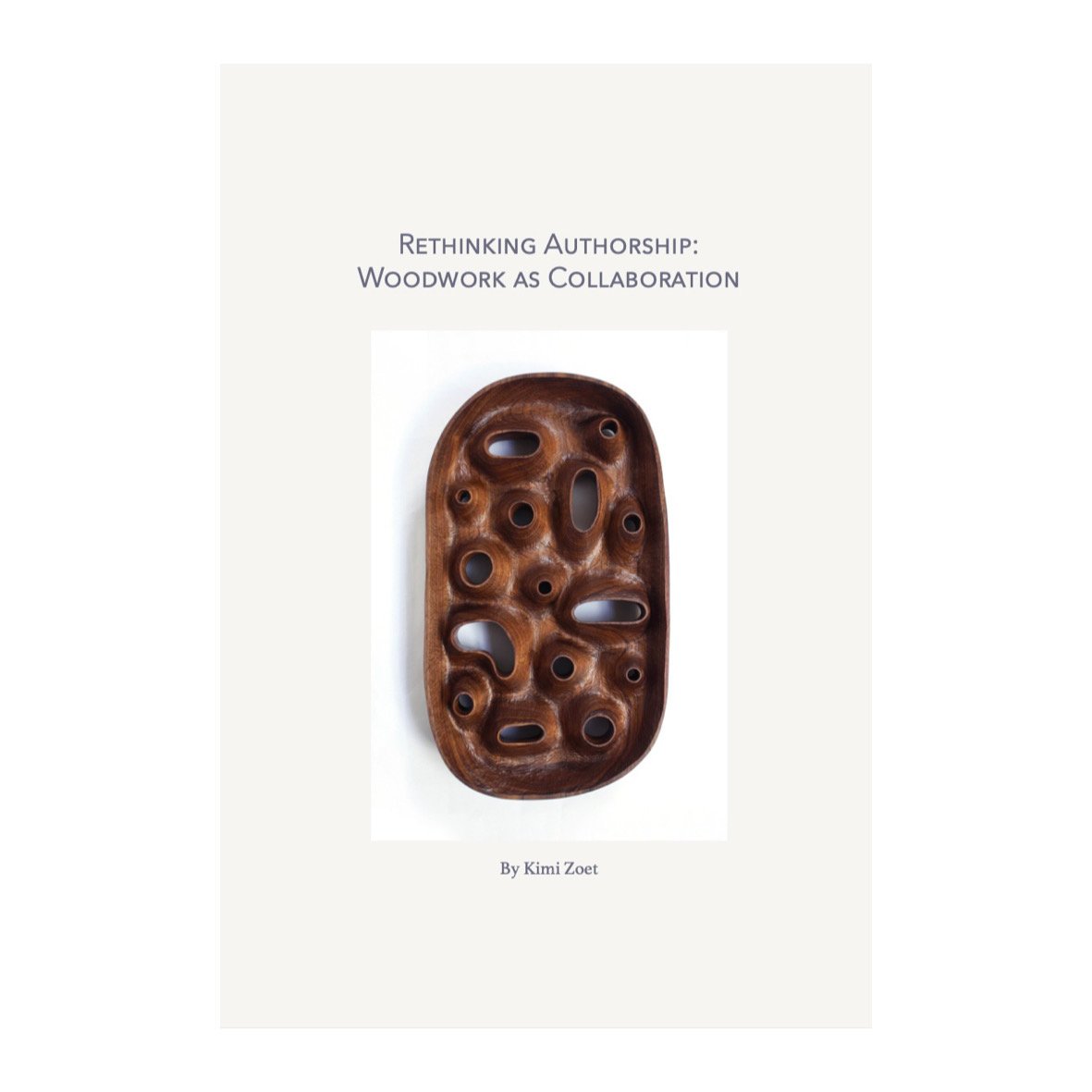I've embarked on a deliberate path to minimize waste and ecological impact while fostering creativity and innovation. This commitment to sustainability was catalyzed during my participation in an artist residency PADA in 2022, where I began exploring the possibilities of creating art from waste materials.
At the residency, I experimented with various techniques to reduce waste in my artistic process. For instance, I repurposed discarded items such as wood and canvas left behind by previous residents. I also adopted environmentally-friendly mark making practices such as creating natural pigments for dyeing fabrics and utilizing wood burning techniques that minimized the need for additional materials.
Building upon these principles during my MA studies, I further refined my sustainable approach, particularly within the realm of woodworking. Spending significant time in the woodwork studio, I primarily worked with discarded furniture, transforming overlooked pieces into new works of art. Embracing a fusion of craft and art, I deliberately employed handheld tools instead of machinery, prioritizing a tactile and sustainable approach to woodworking.
My pursuit of a sustainable artistic practice has been characterized by a continuous exploration of innovative techniques and materials, guided by a conscientious effort to minimize waste and environmental impact of my work. Through this journey, I have cultivated a practice that not only embraces sustainability but also celebrates the inherent beauty and potential of discarded materials, demonstrating the transformative power of art.









